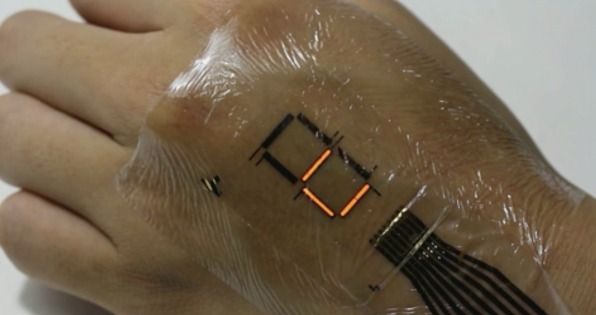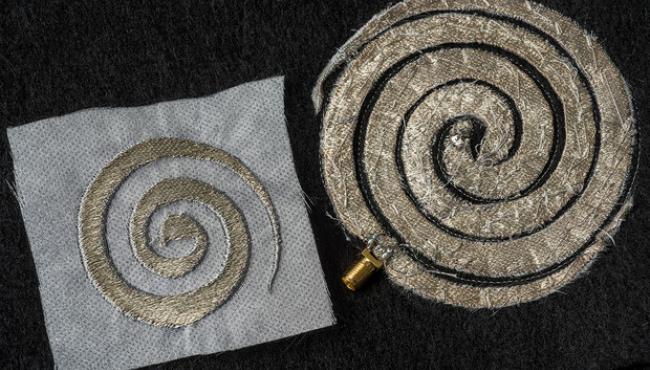Apr 19, 2016
X2 Biosystems awarded
Posted by Karen Hurst in categories: electronics, health, military, neuroscience, wearables
They deserve it too.
X2 Biosystems has received the Society for Brain Mapping and Therapeutics (SBMT) 2016 Pioneer in Healthcare Technology Innovations Award for developing its next-generation head impact measurement sensor technology, the company said.
X2´s “X-Patch” wearable impact sensor has become widely deployed and tested head impact monitoring device, used in a continually expanding range of athletic activities from football (youth, high school, collegiate, pro) to hockey, soccer, lacrosse, rugby, Australian rules football, baseball, field hockey, wrestling, boxing, taekwondo, mixed martial arts, skiing and BMX cycling.
The X-Patch is also being actively evaluated for use in military training applications.

















